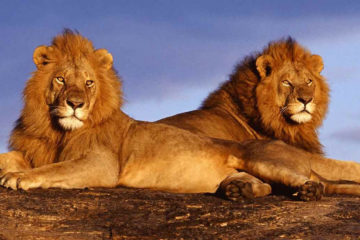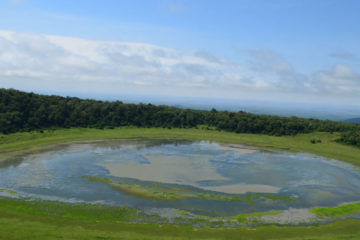This undervalued national park offers great wildlife viewing opportunities. Meru is a lot less busy than some of Kenya’s more popular parks, and has an unspoilt feel. All of the Big Five are present. Elephant and buffalo are very common, and there is an enclosed rhino sanctuary containing both black and white rhino. The park is extremely scenic with tall doum palms growing along the park’s many watercourses.
Best Time to Visit
The lack of rain in the Dry season (June to October) makes this the best time to get to Meru. The grass doesn’t grow much, making the wildlife easier to spot, and conditions are generally better for navigating the park’s lovely landscape. In the wetter months, high grass tends to obscure the animals, and elephants depart for drier ground.
Meru is home to the Big Five. Elephants migrate through the park and big herds can sometimes be encountered. Big cats are more difficult to spot, but it isn’t rare to have a sighting all to yourself. Northern Kenya specials include Beisa oryx, Reticulated giraffe, and the odd-looking gerenuk. The rare Grevy’s zebra occurs alongside the more common Burchell’s zebra.
Meru is particularly scenic. The Tana River on the southern boundary is the largest waterway in Kenya, and several small streams run through the park. Beautiful doum palms and baobab trees are silhouetted against the sky, and with the red soil, make a striking background for arid-adapted animals.
Weather & Climate
The levels of precipitation change dramatically over the course of a year. Most of the Dry season (June to October) sees very little rain. This changes in October, when the rainfall edges up in advance of the Wet season (November to May), leading to a peak of wet weather in April. The opposite is true of temperatures at Meru, whose location near the equator ensures consistent daytime temperatures of around 32°C/90°F.




